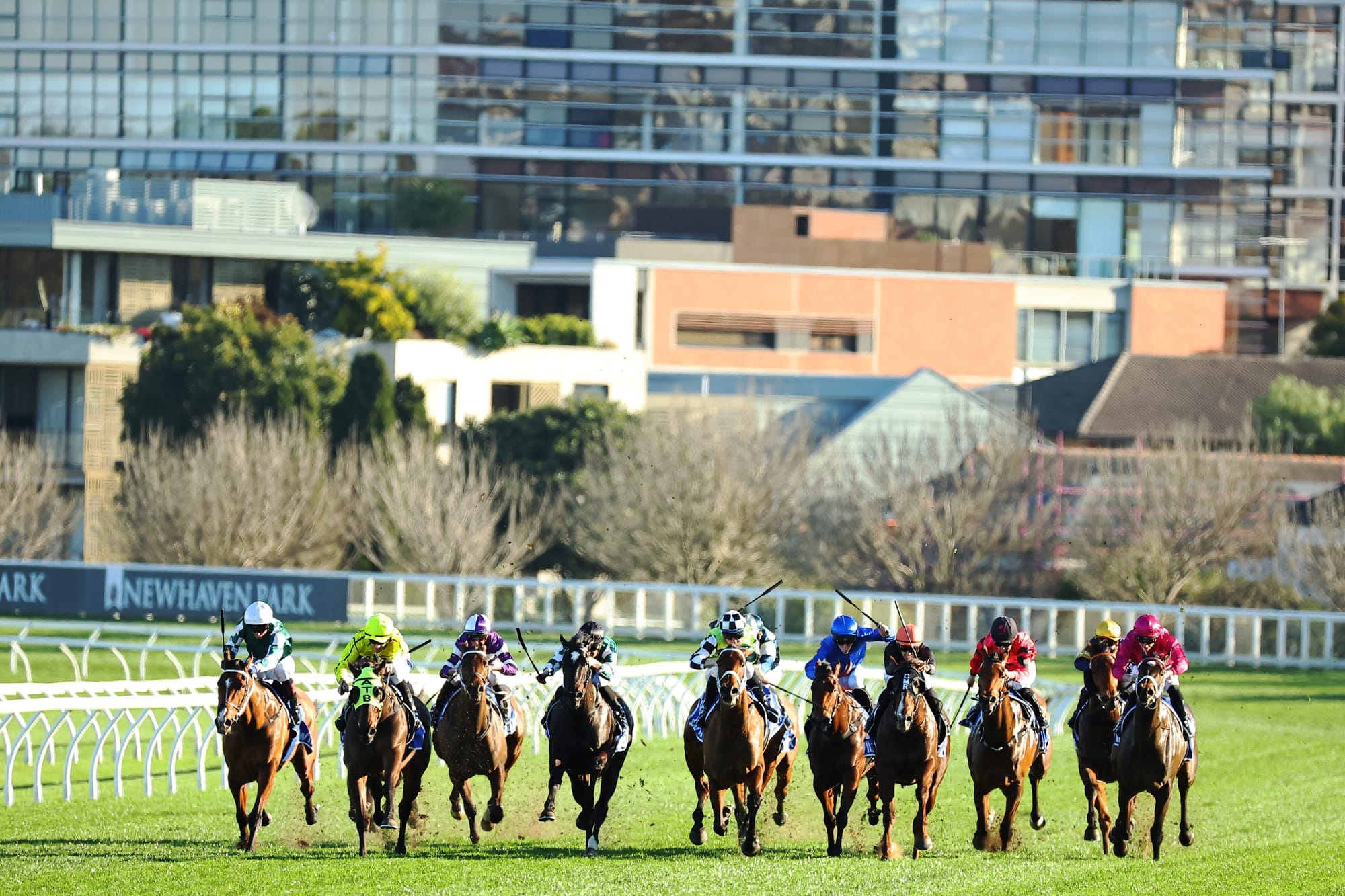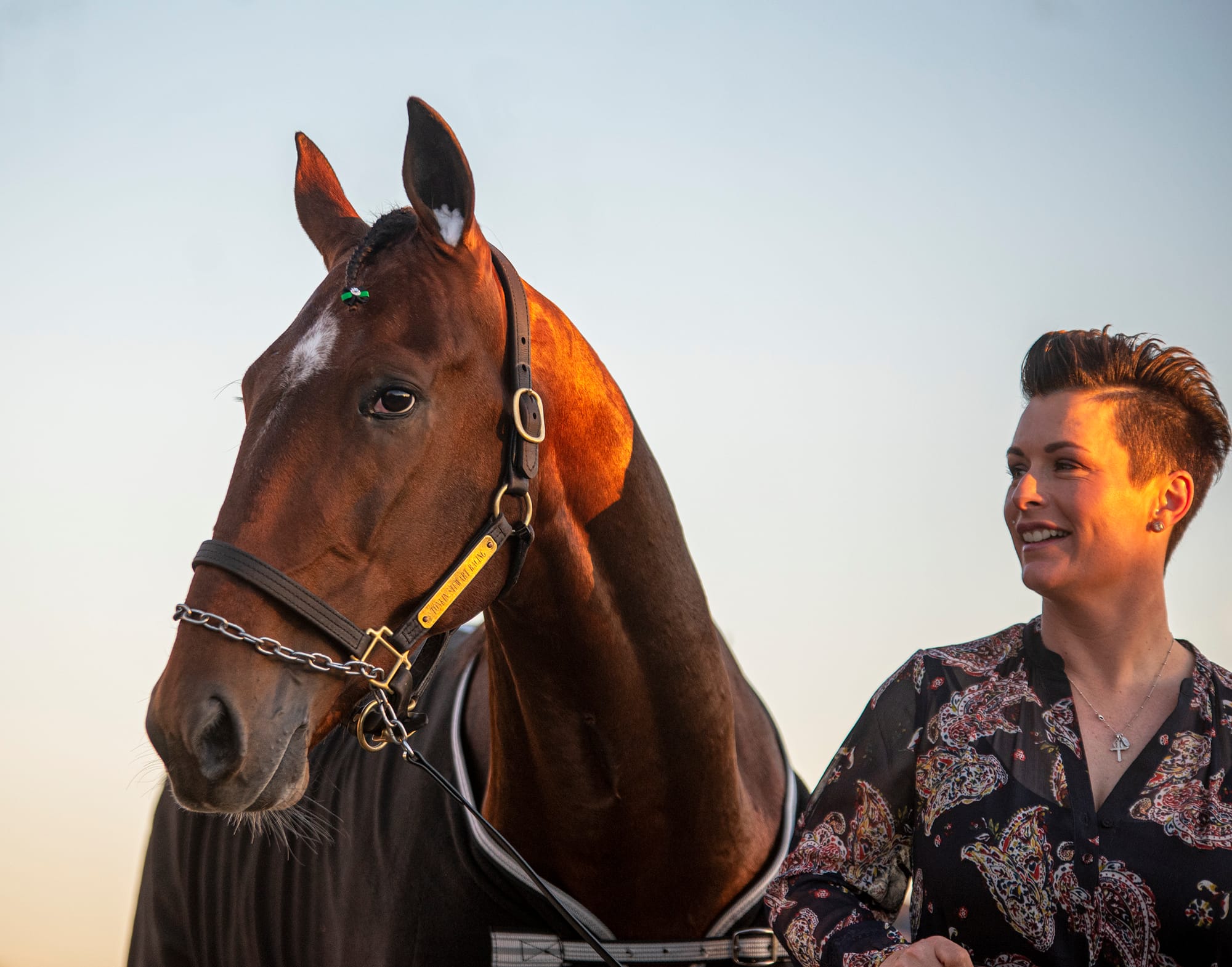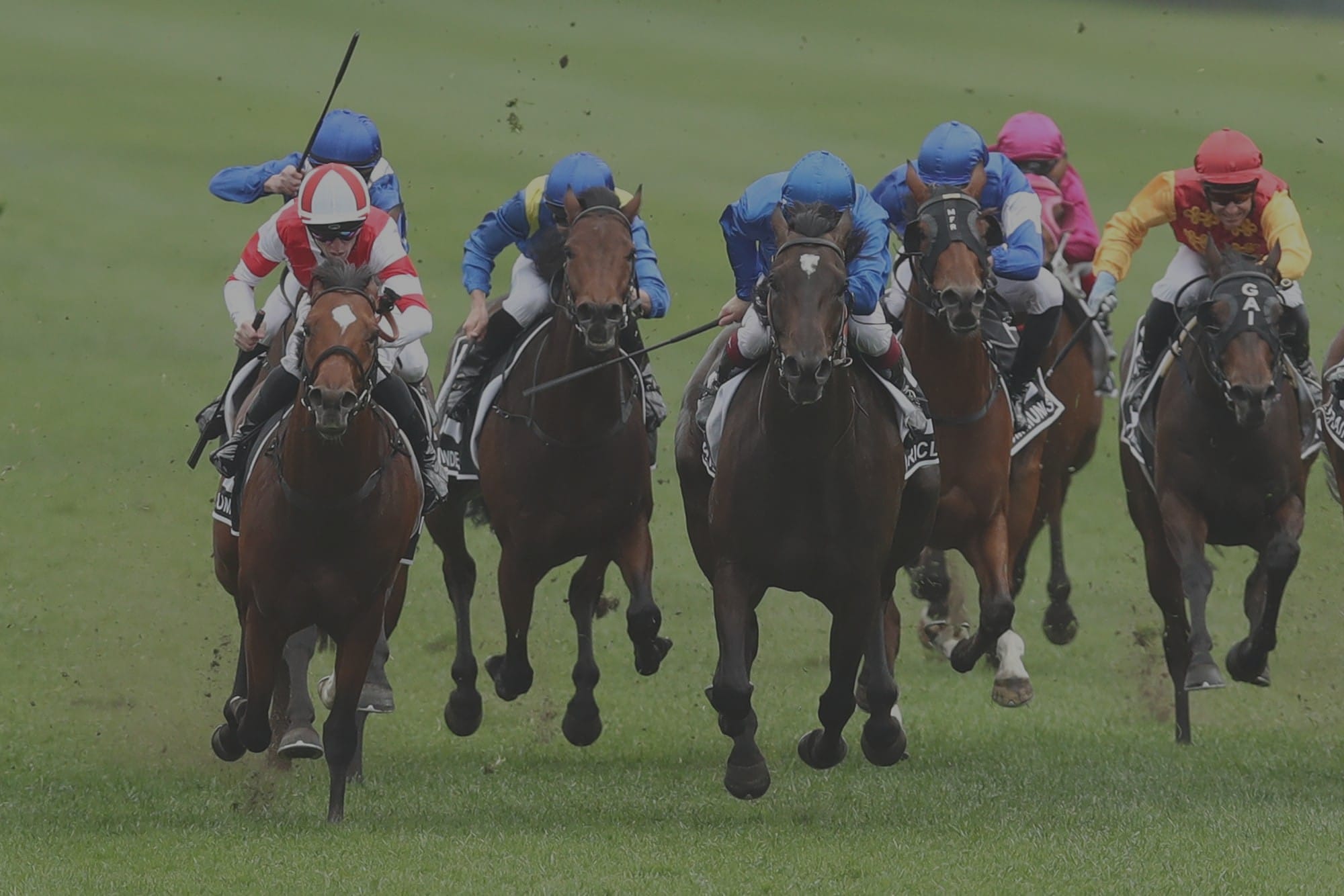Life in the Land of the Giants – the mega stables and their impact on racing
The number of trainers in Australia is shrinking, while the size of the mega stables continues to grow. Where does it end up? Matt Stewart thinks harness racing provides an answer.

How big is too big? At the Kilmore trots a few weeks ago, the unease that is growing in both horse racing codes was aroused by a night of crushing domination.
Emma Stewart trained the winners of all eight of the Vicbred qualifying races. These bonus races for Victorian-bred horses were to provide a bigger pie for participants accustomed to paltry stake money.
Yet it is the biggest and most powerful stable, an incredible success story in itself of an outfit that has gathered in most of the big breeders, that gobbles up almost every morsel.
The night before Kilmore, Stewart took five of the seven Vicbred two-year-old heats at Bendigo and of the 202 Vicbred races run since inception, Stewart has won a staggering 129, including 25 Group 1 finals.
The steamroll continued at Melton last Saturday night when Stewart horses won nine of the 12 Vicbred semi-finals. Stewart will have 34 runners in next week’s finals.
The Stewart story is unique to Victorian harness racing and it is polarising, as a leading trots commentator discovered last week.
The social media vitriol that followed Gareth Hall’s tweet that this domination never seen before in Victorian harness racing was a “wonderful achievement” was sobering.
Hall was right. It was a staggering achievement for an extraordinary stable.
But was it good?
One on X suggested it was only wonderful for “social media posting”. More than 20 others were adamant that such domination was terrible for a sport that was already on its knees.
Stewart reportedly has about 110 horses on the books, by far the biggest in the state. The dominance is both in numbers and quality. The Stewart horses are invariably the best-bred. This makes her a superpower.
It’s a scenario that echoes across the codes.
A big gallops stable used to be 60, now it’s 300. Now there are mega-stables. Ciaron Maher has 527 named horses listed on his books, Chris Waller has 500. According to the Australian Trainers Association, Maher has another 450 waiting in the wings, and Waller another 100.
These are the monster stables, followed at some distance by the giants. Waterhouse/Bott, Annabel Neasham and Lindsay Park have about 300 horses, then Price/Kent with about 160.
Not long ago, Mick Price had half as many but knew he had to double his army in order to remain competitive with the giants.
With many medium-sized stables, it’s a case of growth or perish, and it’s easier said than done.
Disruption caused to the wider training community by these industrial outfits is not easy to assess according to former ATA chief executive Andrew Nicholl.

“Where do you start?” he said. “It’s a very complex subject.”
Overall, prize money increases advantage the giants far more than the minnows, Nicholl said. Far-flung parts of Victoria traditionally the domain of the small trainer are now carved up by the big ones. Nicholl said that “pop-up” money only ever went one way.
“The increases in Group races and pop-ups like the All-Star Mile, Everest, Golden Eagle … you never see a battler win a slot race, do you?” he said.
Nicholl said that smaller trainers who once eked out a living now had second jobs. At one major training centre, stables of all sizes have lost critical staff to mega-outfits with bigger chequebooks. Group 1-winning trainers are pre-training or driving trucks for others.
The notion of capping stable numbers, as occurs in Hong Kong, has never gained traction with racing authorities. Interestingly, Japan’s most high-profile trainer, Yoshito Yahagi, has urged the Japan Racing Association to drop its 80-horse cap, one he says makes it hard to compete successfully abroad.
“You look at the main overseas stables; they have 300 to 400 horses under their management,” Yahagi said.
An attempt in Ireland to redistribute the wealth has been threatened with legal action by top trainers who will be ineligible to contest 60 races restricted to trainers who have trained fewer than 50 winners in the past two seasons.

The Racing Post has reported that leading trainers Willie Mullins, Gordon Elliott, Henry de Bromhead and Gavin Cromwell are considering legal action against Horse Racing Ireland.
Nicholl said the administrative view here seemed to be “it is what it is”.
An RV spokesman said the regulator had no plans to cap numbers, adding it had implemented Aspirant and Challenger races targeted at smaller stables with low-rating horses.
For Nicholl, the risk was probably in what happens next. “What happens if Maher goes to 1500 and Waller to 1000?” he said.
Nicholl said a dramatic increase in costs was hitting small and medium-sized stables far harder than the giants.
“Is the issue becoming more acute? The answer is yes. Wages, feed, rent, service providers, insurance … they’ve gone through the roof. Many are just hanging in there and the owners aren’t there. Those that are, are going to the really big stables,” he said.
“When you’ve got someone like Maher and all his success and his science, why would you race a horse with someone who trains on a country sand track with occasional use of the grass?
“Trainers are owning more and more of their own horses. It’s a recipe for disaster.”
Nicholl expressed no personal view of a cap on numbers. But he said authorities probably had only one tool if they felt huge stables were creating an imbalance in the ecosystem.
“Trainers will always claim a cap is an unfair breach. The only thing in the arsenal of authorities – if they believe they want to do it – is to limit the number of locations where trainers have horses. But I think the horse has bolted on that one,” he said.
Country tracks that used to host small and hobby trainers are now being shut down.

Bairnsdale, Hamilton, Tatura and Colac no longer receive industry funding to continue training.
In over a decade at the ATA, Nicholl witnessed a dramatic change in the training landscape. It’s become Jurassic Park.
“I always felt it was still a working-class sport and as egalitarian as it could be but it is now more scientific, more clinical,” he said. “There are some advantages in this and in many ways it’s simply evolution but it makes you wonder if we’ll ever see another Joe Janiak and Takeover Target.”
In the trots, dominant stables like Stewart deliver long streams of long odds-on favourites. The shorties don’t always win but they challenge betting enthusiasm.
Waller and Maher have multiple runners in multiple races. Waller has trained 4273 winners, Maher – including the Maher/Eustace five years – 2361.
“Many are just hanging in there and the owners aren’t there. Those that are, are going to the really big stables” – former Australian Trainers Association boss Andrew Nicholl
Waller’s grip keeps tightening. He trained 273 winners in 2019/20 and 347 last season, a career peak. Maher’s best season was 2020/21, with 353.
This August was Maher’s biggest-ever for runners and winners. He trained the quinella in last Saturday’s $1 million Concorde Stakes in Sydney where Waller provided the quinella in the Chelmsford Stakes.
Waller has attempted to make life easier for the stewards and the punters with his own speed map, or grid as he’s called it, to be presented to the stewards before the first race.
According to the corporates, punters are not bothered that so much is now won by so few. It’s all about the winner, not who trained it.
One corporate bookmaker investigated the impact of the mega-stables some time ago and concluded that there was “no measurable impact”.
“As long as they are strong stables, punters don’t seem to care,” an insider said.
Respected Sydney punter and form analyst John Walter said “it’s going to get worse, but that’s from the training perspective”.
Walter predicted NSW would have as few as 50 trainers in a decade’s time because of rising costs.
He said this would be “catastrophic punting-wise as surely it stifles betting having less diversity of connections”.
But he added that “for the moment from a wagering perspective I don’t think it’s having a huge impact. From a recreational punter point of view, I don’t think it has any impact. Most of the punting syndicates couldn’t care less”.
The story of the Land of the Giants is still playing out. The next chapter over the next decade will be dramatic for many.



